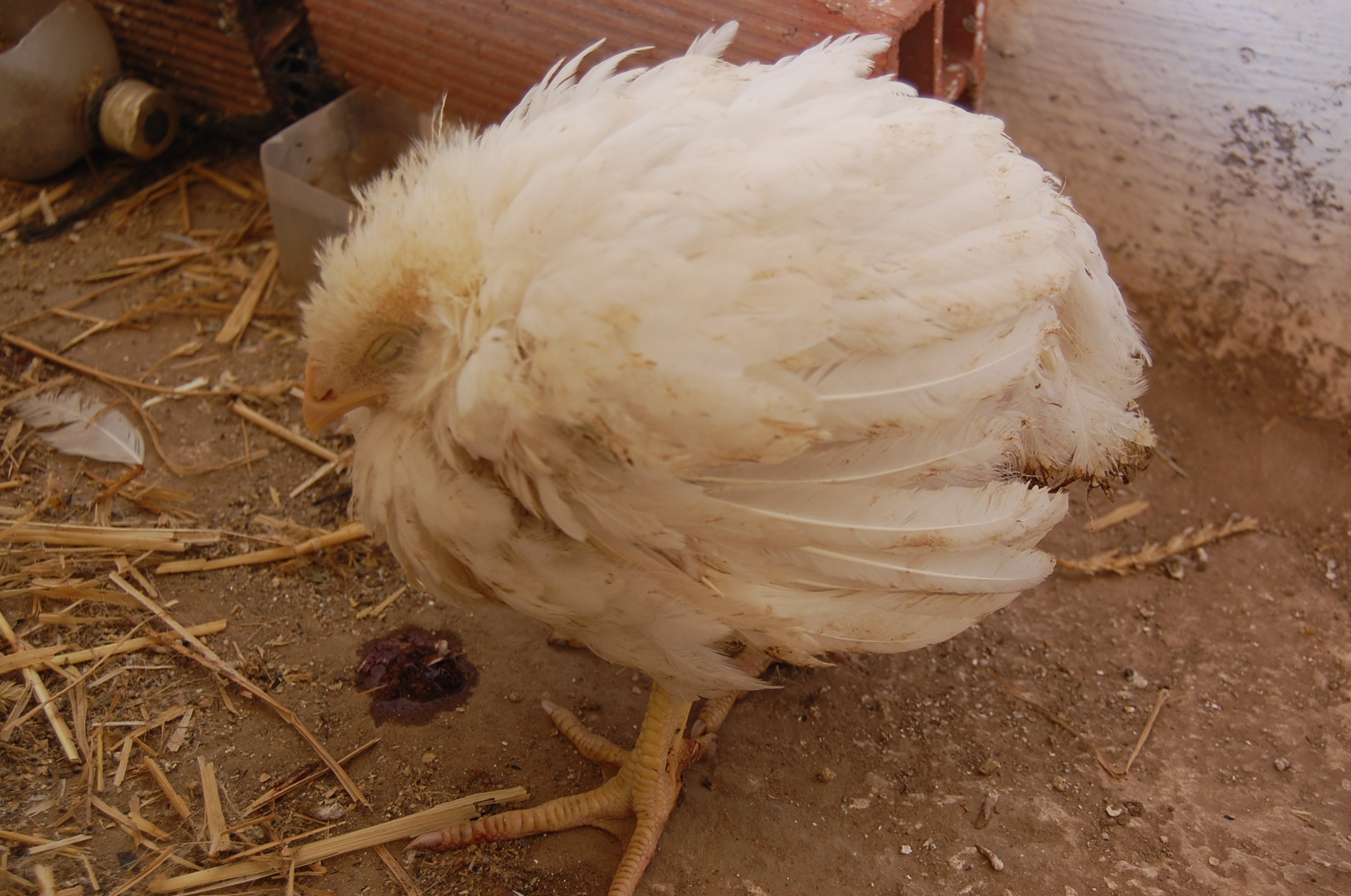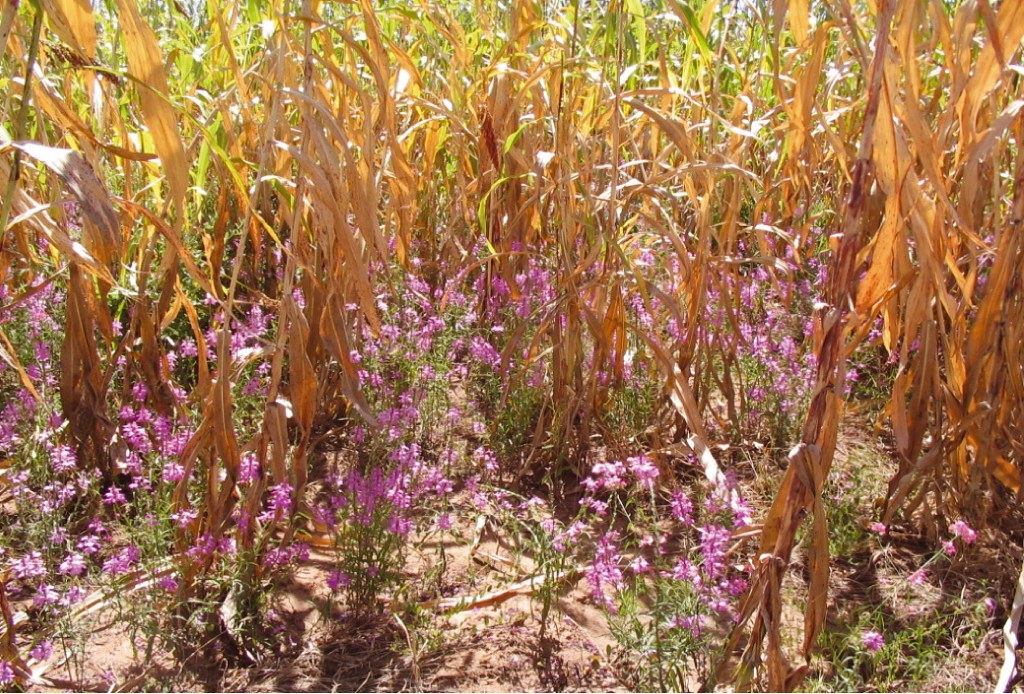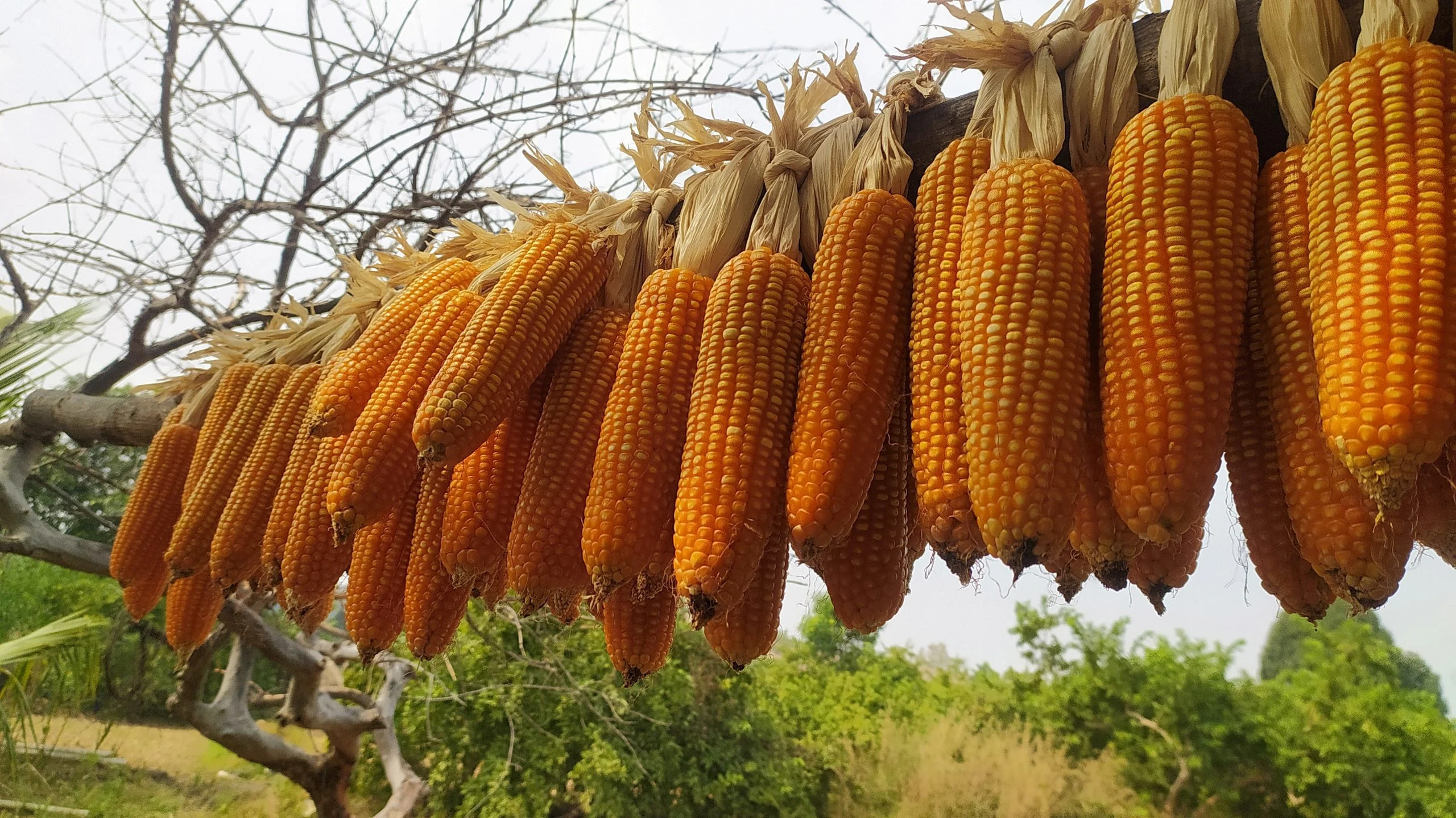
Coccidiosis' global impact is estimated at Sh36.5 billion ($300 million) causing poor performance, morbidity, and mortality.
Coccidiosis is a disease caused by a parasite that affects the gut wall of chickens. The parasite lives in the gut and is transferred to others chickens when it is released through feaces from an infected chicken in the form of a cyst.
The cycle of infection continues when it’s then eaten by another chicken thus spreading the disease. Depending on the number of cysts eaten a chicken may not be affected especially if they are few. If too many are eaten the chicken will succumb to Coccidiosis.
Early signs of Coccidiosis include loss of appetite among the flock which eventually stop eating. They then become hunched over with ruffled feathers. The damage to the gut wall reduces the ability of the gut to absorb nutrients resulting in weight loss and diarrhea with bloody chicken droppings.
Related News: A common weed that prevents coccidiosis in chicken
Related News: Tharaka Nithi poultry farmer abandons antibiotics for papaya & moringa mix
The best way of preventing the disease is by poultry farmers ensuring that chickens are exposed to very low levels of the disease (oocysts) as well as building their immunity. Chicken pens should be cleaned well and extremely thoroughly between flocks. If a pen is not cleaned properly after the flock leaves the pen then the next flock is exposed to high levels of Coccidiosis.
Poultry farmers with infected birds can treat them using an anti-coccidial medication that prevents the spread of the disease. If the disease is already in the gut then farmers should treat their birds using strong antibiotic therapy. Ensure that the flock has access to multivitamins and probiotics.
Related News: Fact sheet on commercial kienyeji chicken management
In order for one to guard their flock against any outbreaks that in most cases result in immense losses, experts advise farmers to embrace high standards of hygiene by ensuring that the poultry pen is kept clean and dry. In addition, disinfect the pen regularly; ensure good ventilation in and around the pen.
A vaccine is available commercially, however, its administration can be complex and needs the correct environment to work, realistically this is not currently practical for backyard chicken holdings.
Write comment (0 Comments)



 Farmers are losing more than 80 per cent of their crops before harvest to the deadly Striga weed, which is attacking multiple crops yet there are simple non-chemical ways of dealing with it.
Farmers are losing more than 80 per cent of their crops before harvest to the deadly Striga weed, which is attacking multiple crops yet there are simple non-chemical ways of dealing with it.











